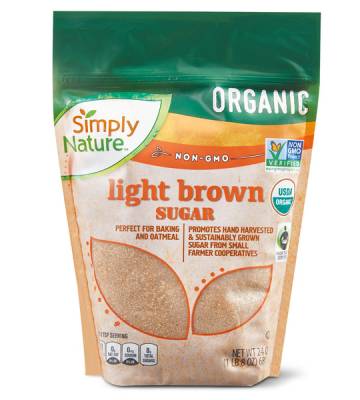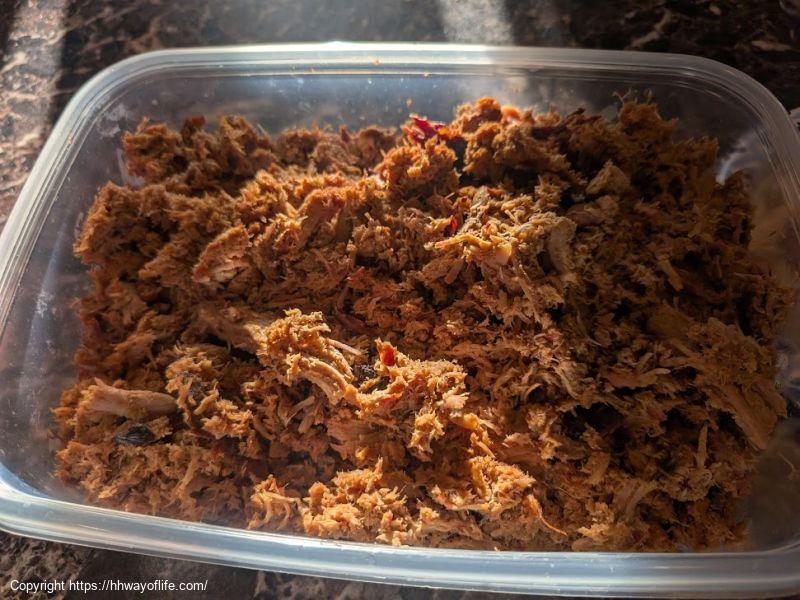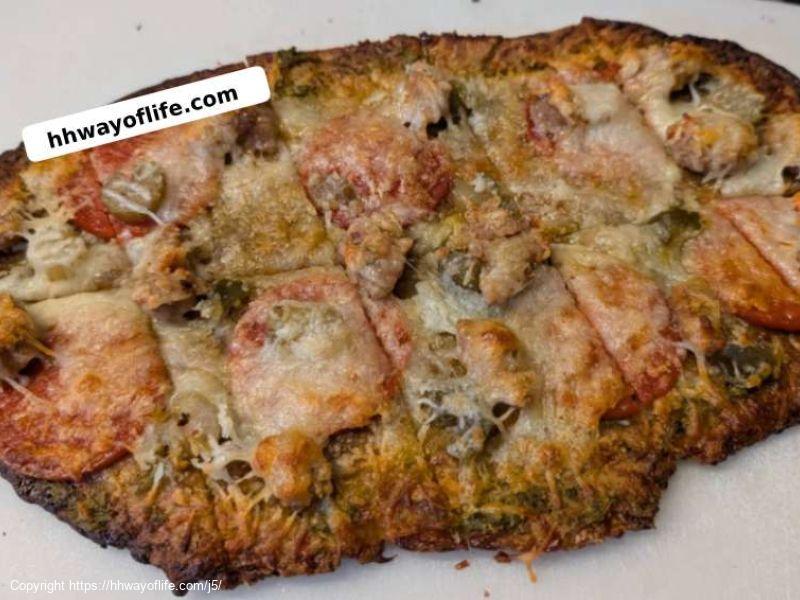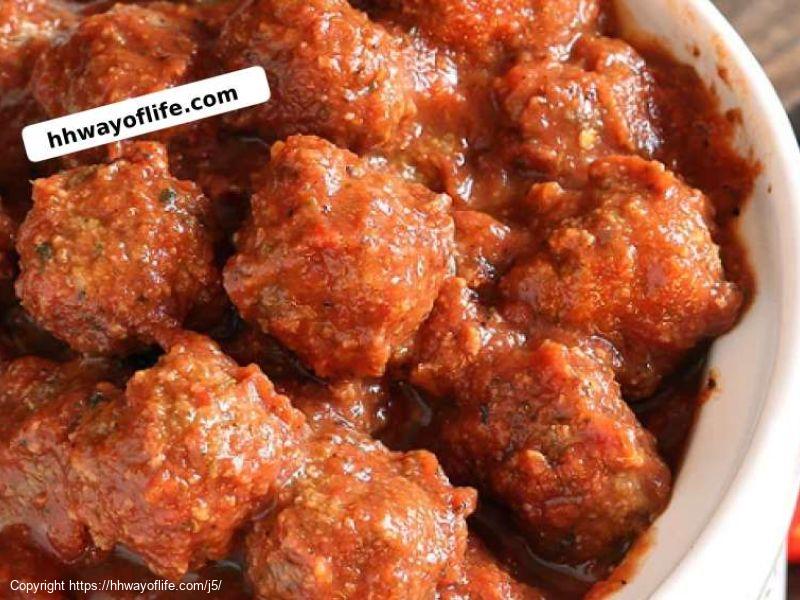Food Nutrition Facts
Nutrition Facts For
Sugar - Brown
Portion Size: 2 Tablespoon
| Nutrient | Value | % Daily Value* |
|---|---|---|
| 30.0 kcal | 2% | |
| 0.0 g | 0% | |
| 0.0 g | 0% | |
| 0.0 mg | 0% | |
| 0.0 mg | 0% | |
| 14.0 mg | 0% | |
| 8.0 g | ||
| 0.0 g | ||
| 8.0 g | ||
| 11.0 g | ||
| 0.0 g | ||
*Daily value based on a 2,000 calorie diet. Your daily values may be higher or lower depending on your calorie needs and health goals.
Calculate your daily calorie needs here
Nutrition Facts For 2 Tablespoon of Sugar - Brown

Brown sugar is a type of sugar distinguished by its distinctive molasses content, which gives it a characteristic color and flavor. It's made by adding molasses to refined white sugar, though it can also be produced by leaving some of the molasses in during the sugar refining process. This molasses contributes to brown sugar's moist texture, as it attracts and retains moisture. The flavor profile is more complex than white sugar, offering notes of caramel, toffee, and a slight hint of rum, depending on the amount and type of molasses present. Brown sugar is available in varying levels of molasses content, resulting in light, medium, and dark varieties, each with a slightly different flavor intensity and color.
The presence of molasses in brown sugar impacts its culinary applications. It contributes to a softer, chewier texture in baked goods compared to using only white sugar. The molasses also adds depth of flavor, making brown sugar a popular choice for cookies, cakes, and sauces where a richer, more nuanced sweetness is desired. It reacts differently in baking than white sugar, often leading to a moister and more tender final product. Beyond baking, brown sugar is also used in savory dishes, adding a touch of sweetness and complexity to marinades, rubs, and glazes. Its versatility makes it a pantry staple for both sweet and savory cooking.







